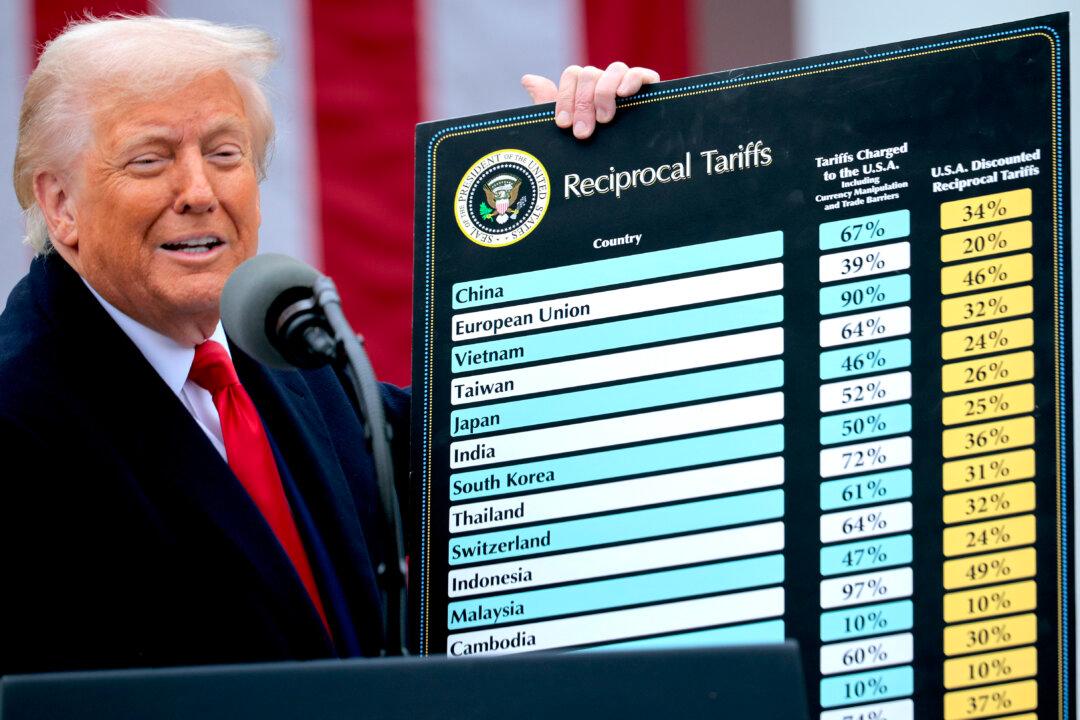Founded in 1895, Swarovski is the world’s leading manufacturer of cut crystal, having permeated the fashion world with everything from jewelry and couture to miniature sculptures and luxury home décor. The magic of Swarovski comes from its founder Daniel Swarovski’s mastery of crystal cutting.
His vision was to use crystal to create “a diamond for everyone,” and in 1892, he patented an electric cutting machine that produced precision-cut crystal stones. This innovation and creativity formed the basis of Swarovski.
Today, his family carries on the legacy of his craftsmanship and mastery. The continuous evolution of material and technique makes Swarovski the leader of cut-crystal creations.

The Swarovski Group employs more than 30,000 people and posted sales of around 3.05 billion euros ($3.4 billion) in 2014. It has 2,560 stores in 170 countries. The company enjoyed a double-digit growth in sales in 2015 and celebrated its 120th anniversary.
The secret to Swarovski’s success is that it has positioned itself in a high-end marketplace and yet its products are still very affordable.
In addition to jewelry, Swarovski launched its timepieces for the first time in 2009. The brand is often quiet about its very successful watch line, which offers impressive designs.
The Epoch Times spoke with Robert Buchbauer, chairman of Swarovski and a fifth-generation family member to lead the company. Buchbauer talked about the business, its stellar growth, and the new timepieces at Baselworld 2016, the largest fine watch and jewelry show in the world.

Epoch Times: How did you launch your watch line?
Robert Buchbauer: We launched it in 2009. A lot of brands are approaching licensed partners for their watch lines. What usually happens is that a licensed partner takes on the brand name. They develop a generic watch and they put the logo on top.
For us, this was not good enough. We thought we have much more to add to the product than just a brand name, so we tried to use our expertise. And we’re coming from crystal, from jewelry, from the cutting. That is our expertise, and we wanted to bring that into the watch. We wanted to make it an integral part of it and merge it with the capabilities of the Swiss watchmakers.
So the precision in crystal meets the precision in watchmaking, which was a big thing for us, as watchmaking requires more precision than the crystal cutting. So in the beginning, we had a lot of issues.
But the result is a genuine Swarovski product, proprietary product, which easily can demonstrate its uniqueness in the market. And that’s what we harvest now. We had excellent results last year, more than excellent I would say. And we continue to grow at a very, very high rate.

Epoch Times: This is a fascinating story. You had the courage to launch the watch line in a difficult time.
Mr. Buchbauer: We had to do that. We did it in 2009 when the watch industry was falling apart. This year again, everybody is looking at us and saying, “Wow! How can you manage?” We are one of the few brands telling a positive story at this fair.
Epoch Times: What is the share of watches in overall business?
Mr. Buchbauer: It is closer to 8 percent now. It is a big achievement for the watches, considering that the remainder of the business has also grown during all those years. Our overall business grew 15 percent last year, globally. And the watches grew 48 percent. We are very happy with the results. And the watch business is gaining share, which is exactly what we are aiming.
Epoch Times: In which markets did you record a high growth last year?
Mr. Buchbauer: Italy, France, the United States, and the U.K. We had growth, mostly a double digit, in every part of the world last year. Asia was a bit slow. We struggled in Hong Kong, and I think we are not the only one struggling there.
However, we still managed to grow by a single digit in Hong Kong. And mainland China recorded a growth of 24 percent in watches and 8.9 percent in overall.

Epoch Times: In Hong Kong and China, watches and the overall luxury industry are experiencing a slowdown. At the same time, we are seeing a huge migration from China to the United States, Australia, and Japan. Chinese prefer to buy jewelry goods outside of China. How do you respond to this trend?
Mr. Buchbauer: It’s becoming really international. … We started designing for the Chinese market many years ago. We saw certain requirements for taste, size, design, and language, that you have to meet in order to be successful in the local Chinese market. But today, this local market has become a global market. So you don’t design for the Chinese market anymore, but you design for the Chinese consumer and try to make that offering available worldwide.
We see a lot of shift in consumption. In some places, we see up to 70 percent Chinese buyers. There are a lot of Chinese consumers in North America and Europe.
And what we also see is a new phenomenon of consumer gray market. Because some people buy more than they need and sell it via T-mall or Alibaba. So this is also a new situation for us.
In addition, you have Chinese communities built up in other parts of the world. Vancouver and San Francisco are good examples. Although they are considered as local Americans, they still have their Chinese culture, right? So you have to have the right offering for those consumers. That’s a very exciting development, which gives you new challenges but also a lot of opportunities.
Epoch Times staff Pamela Tsai contributed to this article.





